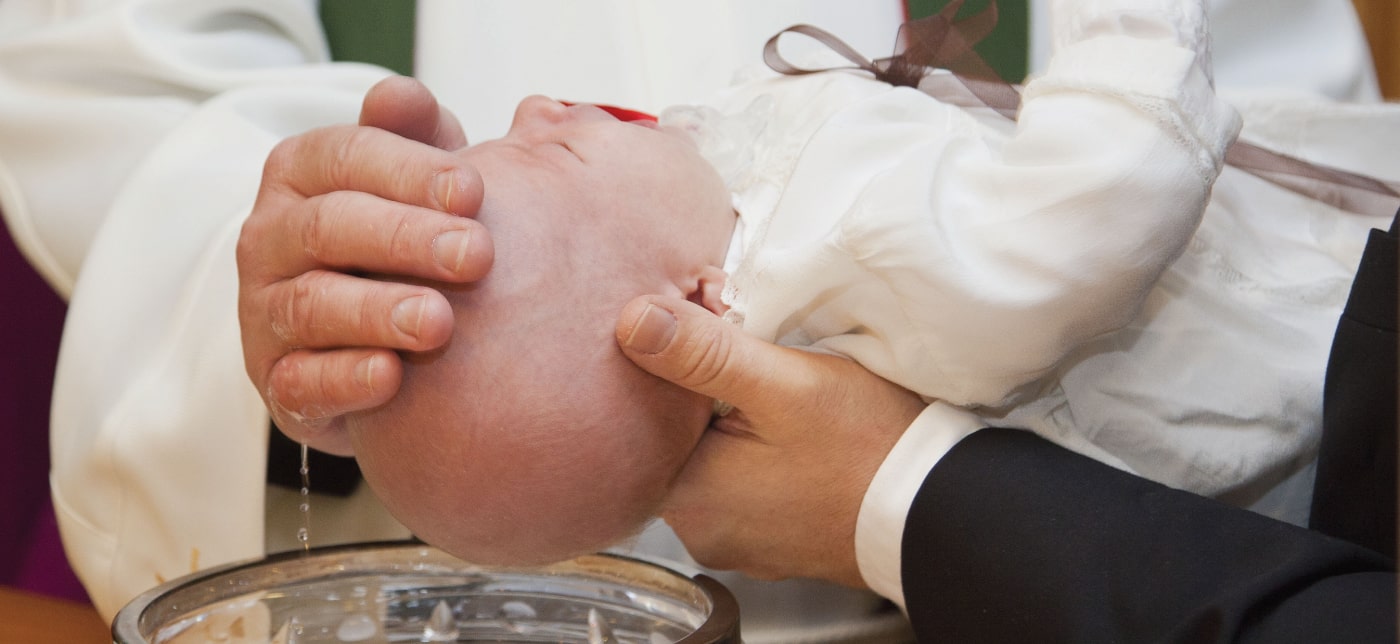Finance councils have become adept at reading financial statements and determining courses of action based on the numbers. Parish pastoral councils need to become as proficient with the use of parish data points. Most parishes will discover that they have a wealth of information at their fingertips from reports which are submitted annually to the diocesan offices. Some parishes will discover that even more data can be available if attention is paid to gathering it. Here are ten “key” metrics which parishes can use to determine a level of vitality and sustainability.
- Mass Attendance – This data point is the greatest indicator of parish vitality. What percentage of your membership attends Mass on Sundays? Households can be converted into members by using the average household size of the parish, locality, or state. Divide the number of attendees by the number of members and you have the percentage. The smaller a parish, the higher the percentage. Many parishes will be in the range of 33% attending Sunday Mass. That percentage can double on Christmas and Easter.
- Seating Capacity – Seating capacity and how many seats are filled on Sundays is important information. The percentage of seats that are filled can help a parish determine if they have too many Masses or not enough. Most dioceses recommend that at least half of the seating capacity should be filled to justify a Mass time. Architects indicate that if a church is more than 90% filled, people will go elsewhere. Capacity is also important for preparing for holiday Masses.
- Household Trends – If we take the missionary command of Jesus seriously, the more households there are in the parish the better. However, every parish’s membership is smaller than reported. It is better to be growing than declining. Many parishes pay little attention to membership trends. Are more people joining the parish than leaving? People do not often communicate when they leave the parish, so parishes need to monitor deaths, stewardship activity, and changes of address.
- Baptism to Funeral Ratio – One key indicator of potential growth is the ratio of baptisms to funerals. Church planners look for at least a ratio of two baptisms for one funeral as a sign of organic growth. Numerous parishes today have more funerals than baptisms. Additional ways for parishes to grow need to be studied and implemented.
- Sacramental Reception Trends – Numbers for all sacraments reveal a level of spiritual vitality in the parish. Are the numbers rising or falling? Is the parish gaining new members through the RCIA process? Low sacramental reception numbers reveal parishes with few children and teens as well as minimal evangelization activity.
- Enrollments in Faith Formation – Enrollment trends for children and youth tell a story about the ability of the parish to attract and retain young families. They also reflect the quality of the formation programs. Parishes need to do a better job of documenting involvement in adult faith formation sessions. Parishes with outstanding opportunities for adults are helping to form intentional disciples and creating a high level of vibrancy.
- Ministry Engagement – Matthew Kelly contends that the average parish engages about 7% of its parishioners in some form of ministry. Parishes should record numbers involved in ministries. Use that number and divide by the number of adults in the parish. Kelly suggests that parishes set a goal of increasing adult involvement by 1% each year. Parishes should also review how the parishioners are engaged. If the majority of those involved comes from parish festivals, fish fries, or dinners, there should be a conversation about how to engage parishioners more actively in the mission of the Church.
- Parish Stewardship – The average Catholic household in the United States contributes 1.1% of the annual household income. This percentage is lower than all other religious denominations. However, many parishes have no idea what their potential contributions at 1.1% may be. Because household income is public information, there are sources which can provide this information based on the parish census. Keep in mind that the 1.1% is also a bit misleading. Not every household in a parish contributes that percentage and so many Catholics are contributing more to offset those who do not contribute or who are unable to contribute even the 1.1%.
- Matthew 25 Ministries – When the topic of parish outreach to those in need arises, numerous parishes respond by saying, “our St. Vincent De Paul Society and Knights of Columbus take care of that.” The Gospel of Matthew, chapter 25, is quite clear that all of us must be involved in caring for our neighbors. Parishes should not delegate this responsibility but should encourage members to be involved. These ministries can be coordinated with other Church and civic organizations but the quality and degree of involvement of parish ministries are essential signs that the parish is taking Matthew 25 seriously.
- Funding the Ministries (Budgets/Capital Campaigns) – Parishes are non-profit organizations. With that said, some years there will be a surplus and other years a deficit. On average, most parishes will have two small deficits over a ten-year period. Parishes should not regularly balance their budgets by draining their reserves or selling buildings or properties. This limits the ability of the parish to conduct ministry and moves the parish closer to becoming a place for Sunday Mass only. Every 10 years or so, parishes should consider a capital campaign to improve, replace, or add to their facilities for providing ministry. As a rule of thumb, parishes can raise up to one time their annual contributions. Two or three times the annual contributions can be raised if the case is extremely strong. Even more can be generated if there are major donors to the campaign. Deferred maintenance and inadequate ministry space are two of the greatest factors which can lead to parish mergers and closures.
After reviewing these “key” metrics, it is clear that a picture can be painted which tells the story of each parish. The picture is never complete because the Spirit cannot be quantified but it does provide insight into the vitality and sustainability of each parish.


